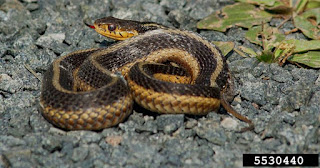Search This Blog
Questions about insects, spiders, scorpions or other creepy crawlers? Tune into this blog to learn about what's buggin' you!
Posts
Showing posts from August, 2016
Webinar - Identification for Venomous and NonVenomous Snakes
- Get link
- X
- Other Apps
All you need to know about Zika and preventing mosquitoes!
- Get link
- X
- Other Apps



